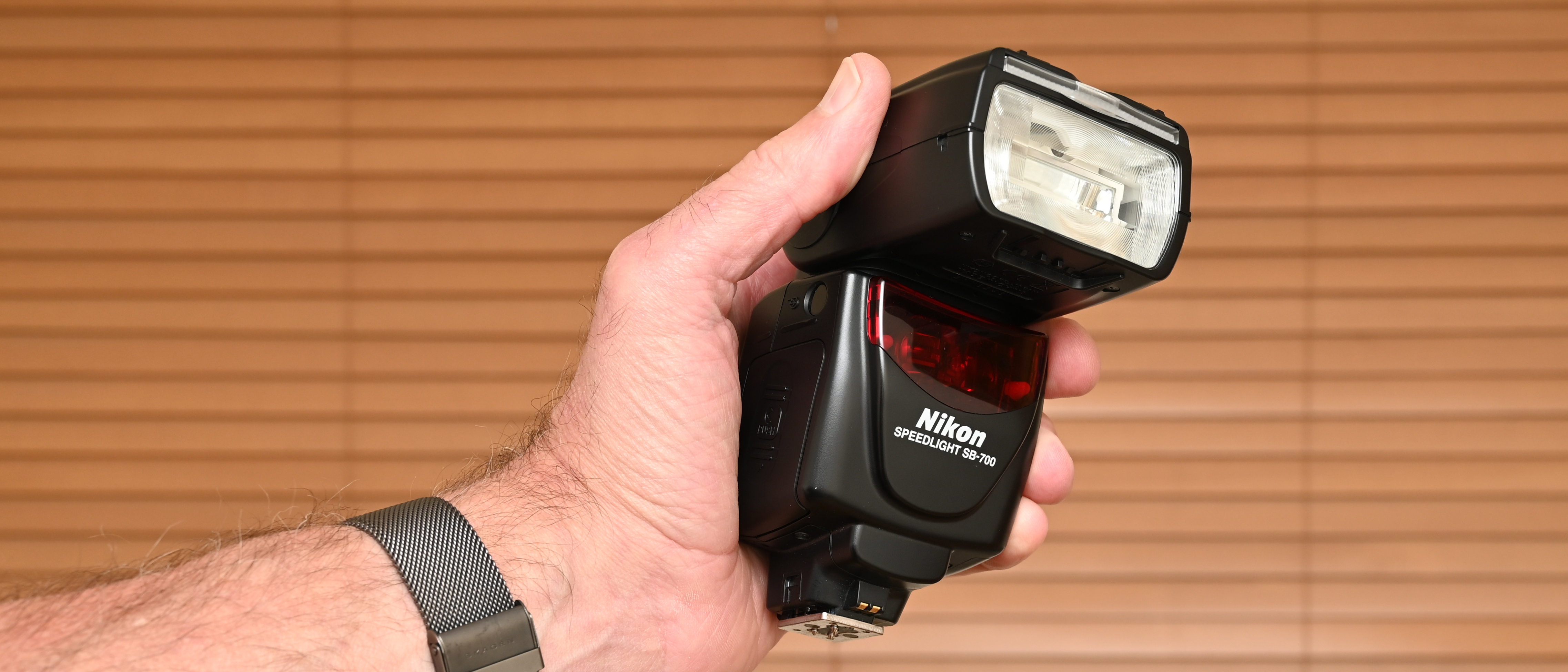Digital Camera World Verdict
Nikon’s mid-range Speedlight mostly has a lot going for it. Build quality is impressive, its control interface is very intuitive and a range of useful features includes a 24-120mm zoom head, -7 to 90 degree bounce facility and full 180 degrees of swivel in both directions. However, while it has commander/slave modes for multi-flash setups, this is only via infrared transmission without any RF wireless connectivity built in. Regular TTL mode is hard to get at and recycling speed is a bit pedestrian after a full-power flash.
Pros
- +
Good build quality
- +
Intuitive controls
- +
Useful accessories included
Cons
- -
No RF wireless communication
- -
TTL flash metering limitations
- -
Modest full-power recycling speed
Why you can trust Digital Camera World
The Nikon Speedlight SB-700 comes complete with a tabletop/tripod stand for off-camera use, a diffusion dome and color filters for balancing flash with either tungsten or fluorescent lighting. It’s a handy kit of parts, all wrapped up in a nicely tailored soft carrying case. There are some useful features that make for versatile lighting effects but this Speedlight is starting to show its age.
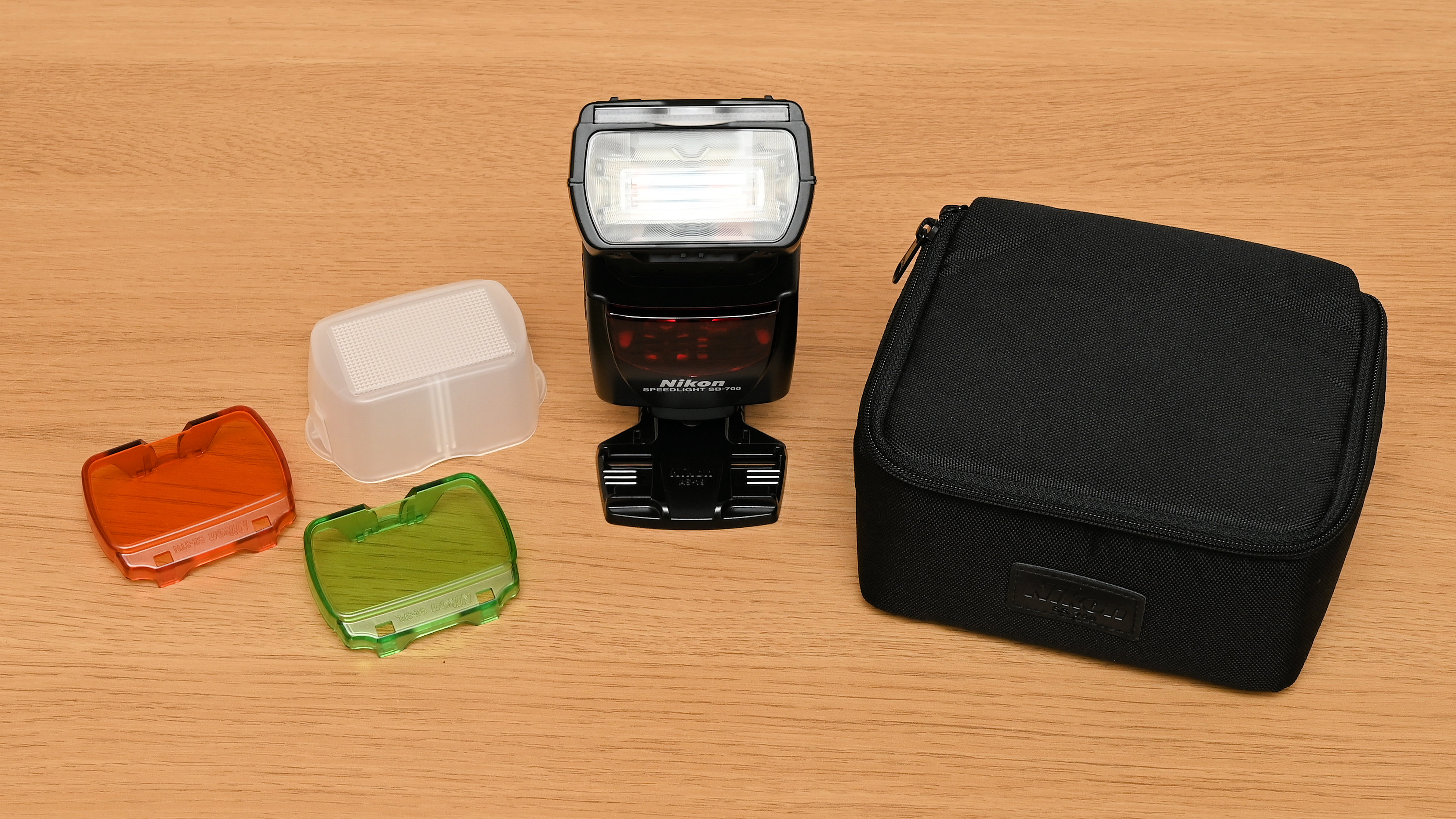
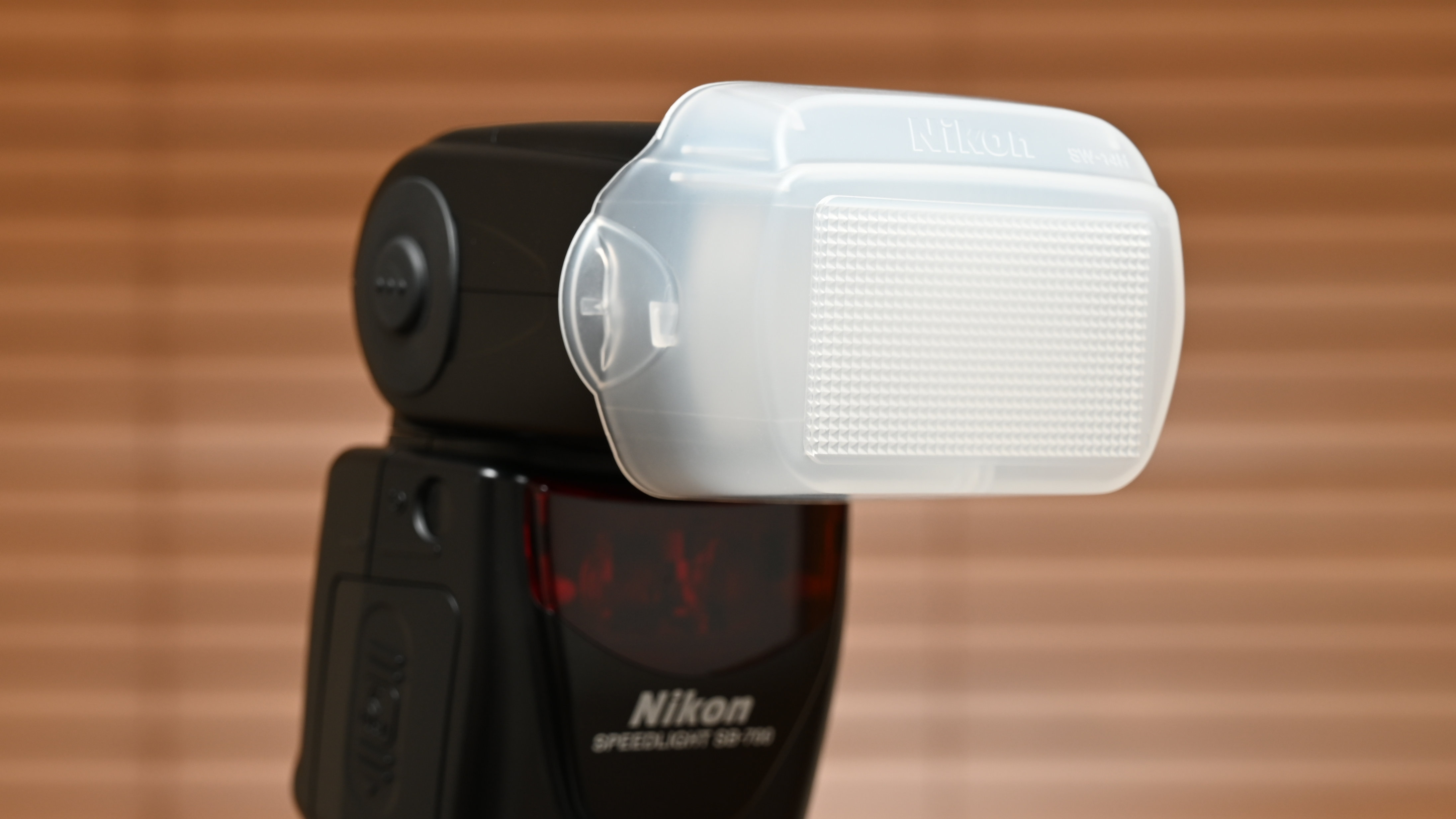
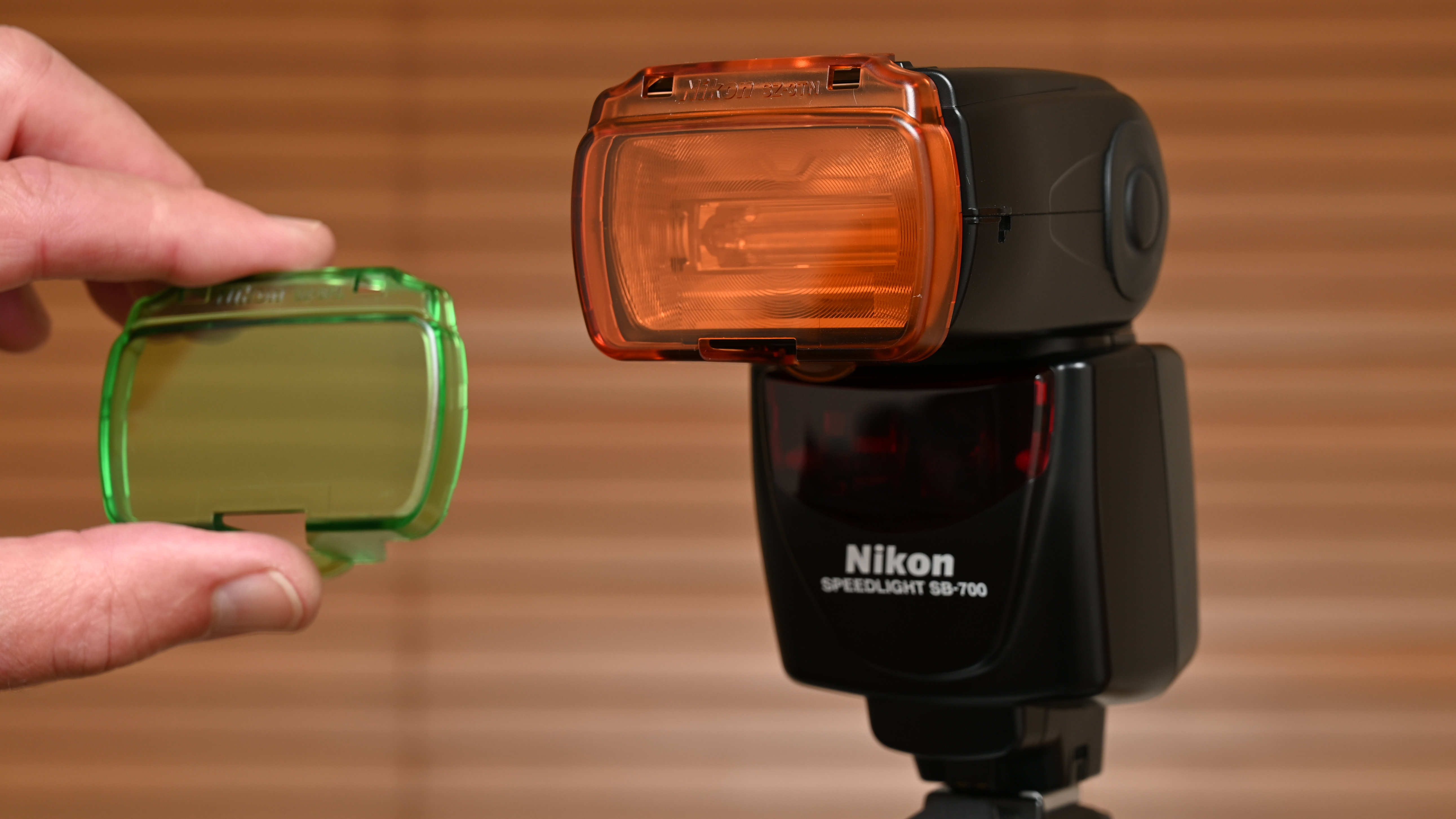
Specifications
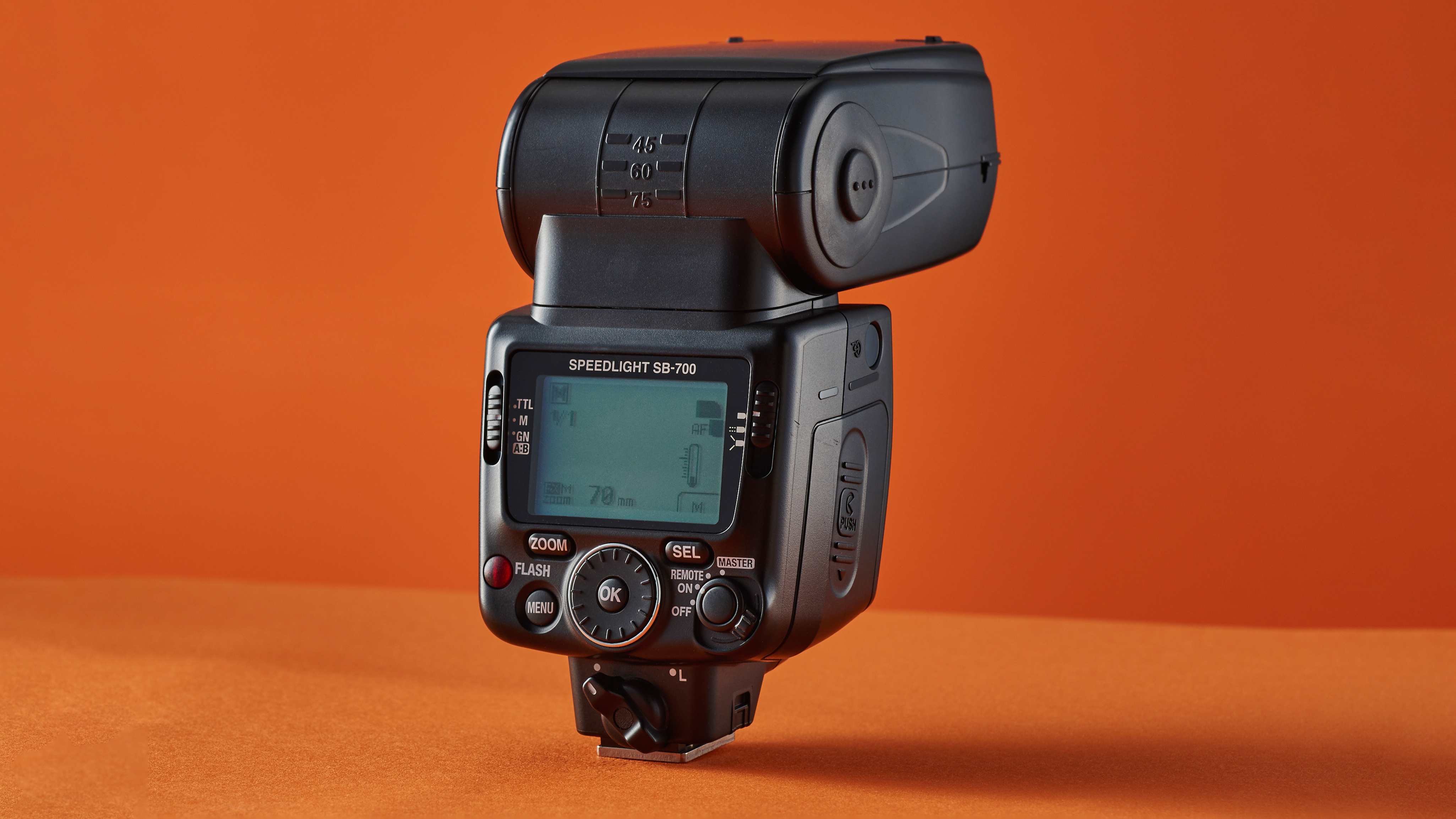
Dedication: Nikon
Gn, ISO 100, max zoom (m / ft): Gn 38 / 125
Bounce range: -7 to 90 degrees
Swivel, left / right: 180 / 180 degrees
Zoom Range: 24-120mm
Manual Power Settings: 1/1 to 1/128
AF-assist beam: Red lamp
Wireless: Optical commander / slave
Additional Flash Modes: HSS, RC, SS
Dimensions (W x H x D): 71 x 126 x 104.5 mm
Weight (excl batteries): 360g
Key features
The power rating of Gn 38 and the 24-120mm motorized zoom range are adequate for most purposes but fall short of what’s available in some competing independently manufactured flashguns that are less expensive to buy. These include the Hahnel Modus 600RT Mk II and the Godox V860III-N, both of which come with rechargeable Li-ion battery packs.
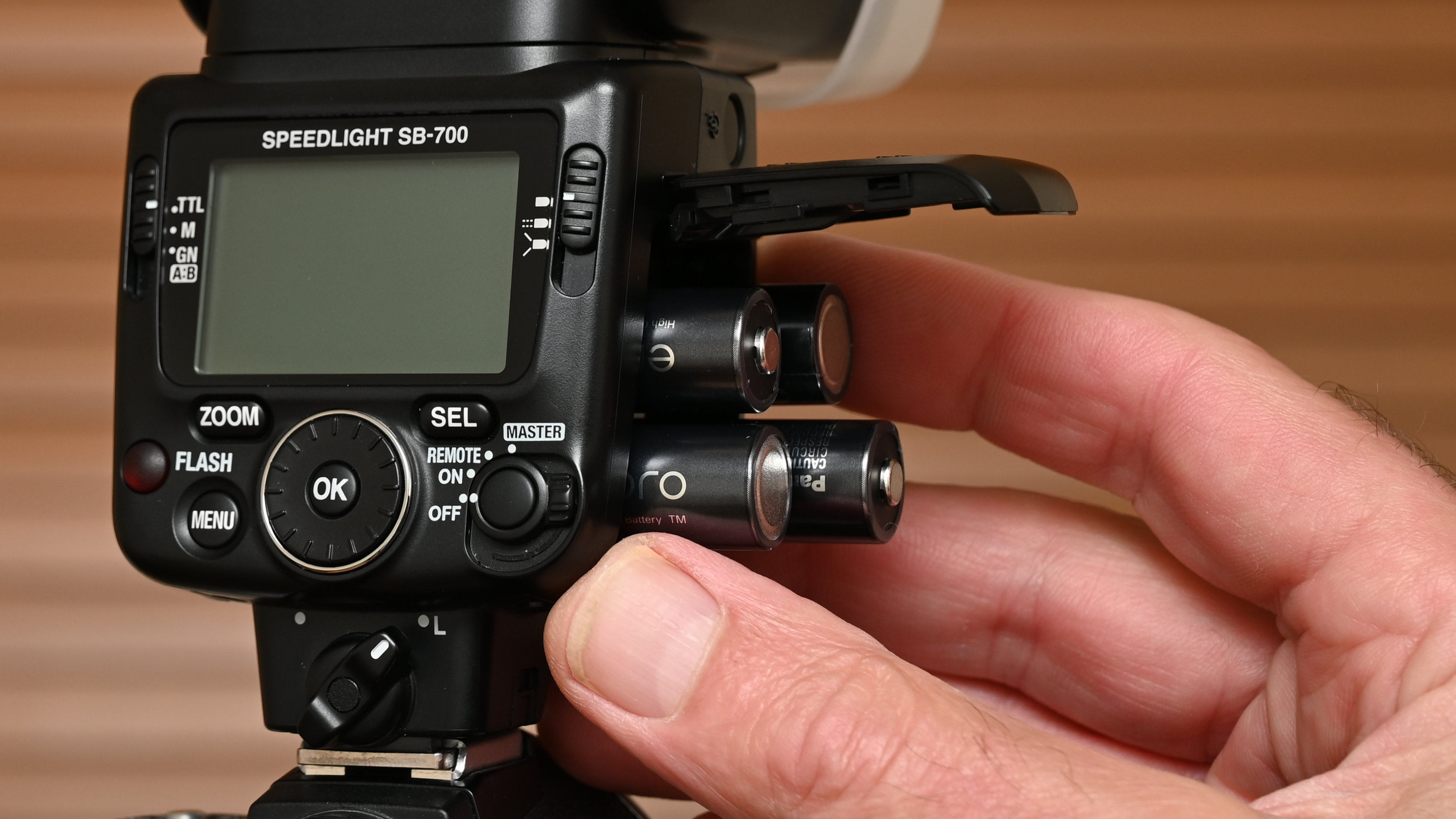
A plus point is that the SB-700 boasts wireless infrared commander and slave modes, for multi-flashgun setups. It's implemented well, with a simple and intuitive control panel. However, There's no built-in radio frequency receiver or transceiver, as featured in both of the other competitors and which are becoming increasingly mainstream. As such, the wireless communication range is relatively short compared with RF triggering, at around 5-7 meters and needs clear line of sight rather than being able to work around corners and obstacles.
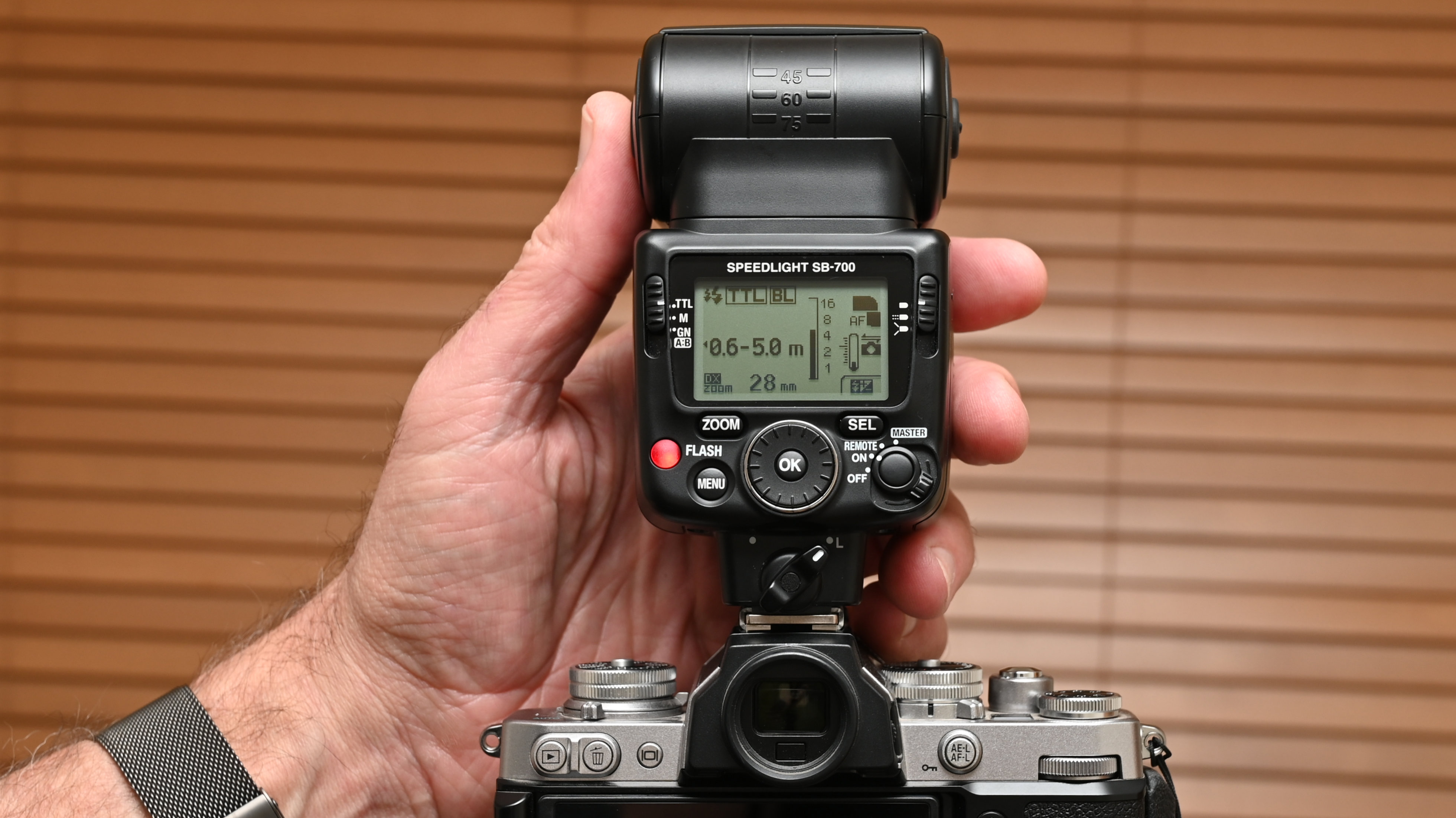
The SB-700 is well made and has a high-quality feel, as well as a neat and mostly intuitive interface, based around the usual type of mono display screen at the rear. You get the bonus of three different illumination patterns across the image frame, including ‘even’, ‘narrow’ and ‘wide beam’, all of which are easily available via a switch on the back panel.
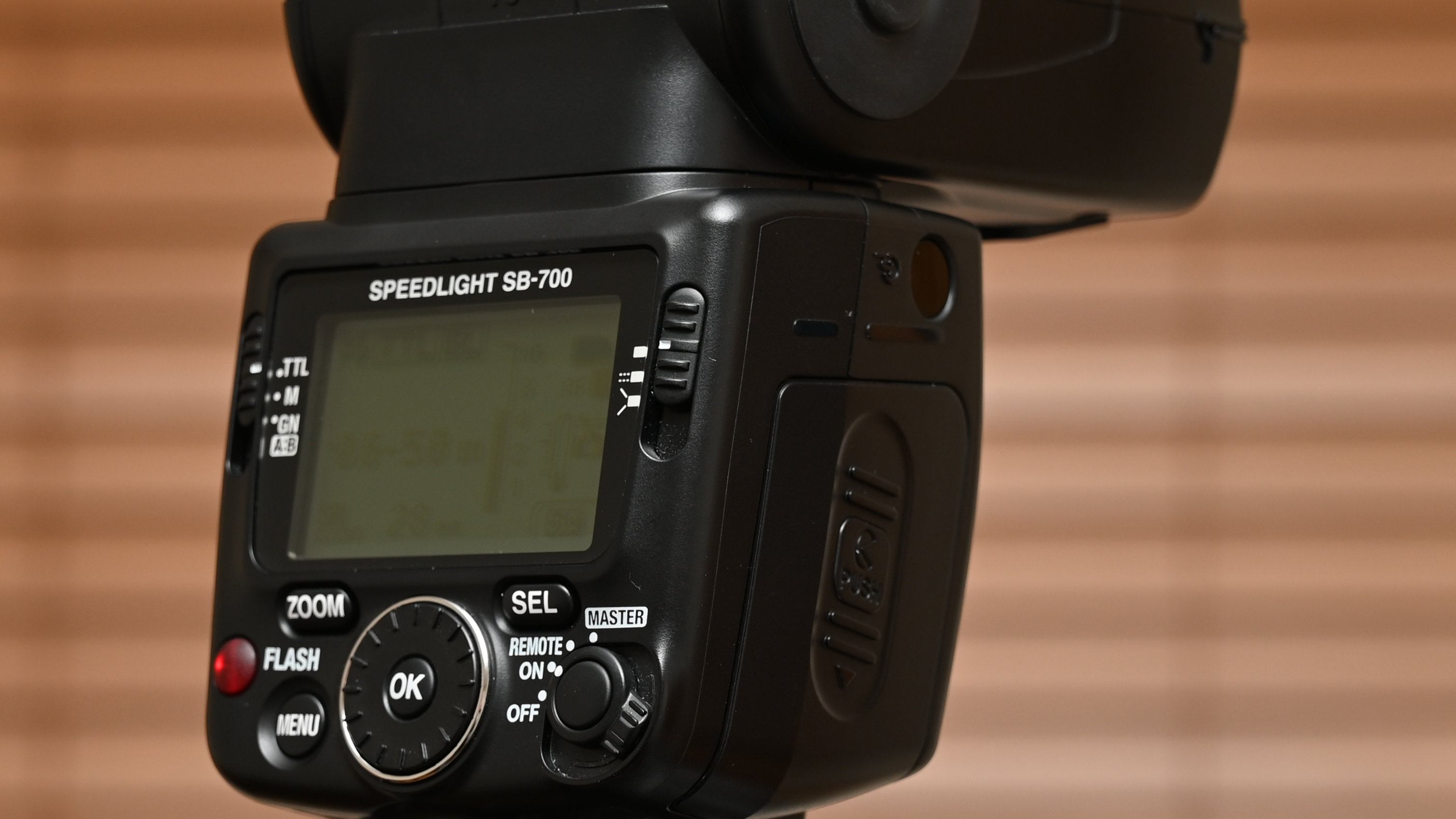
However, regular i-TTL flash is frustratingly hard to get at. The flashgun defaults to Nikon’s i-TTL BL (Balanced Light) mode, which aims to give a good balance between foreground and background but can give gloomy looking results in some cases. Regular i-TTL mode is only available by switching the host camera to its spot metering mode, which is often less than ideal for general shooting.
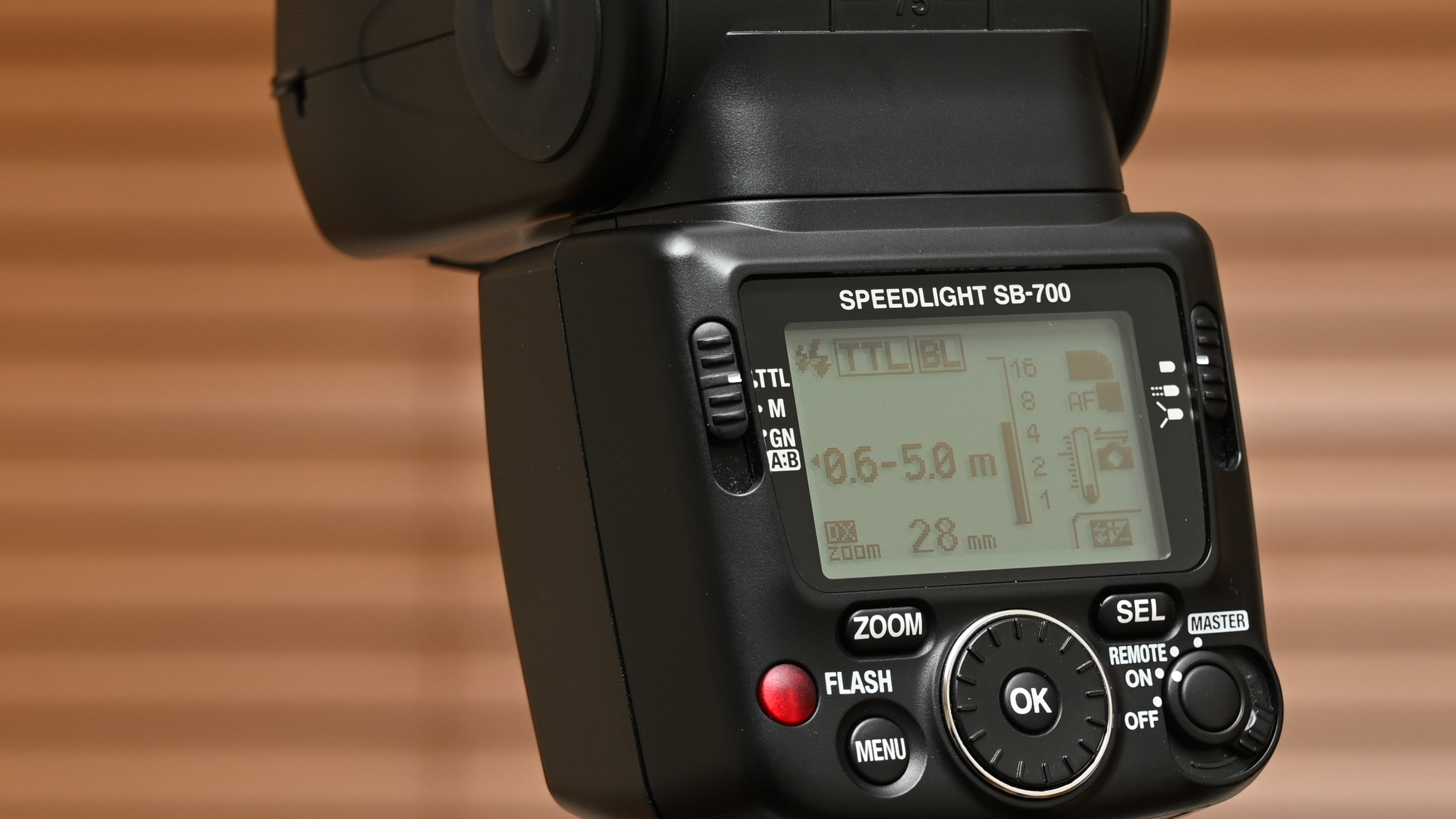
Performance
There’s a generous bounce range of -7 to 90 degrees and full 180-degree swivel to both the left and right. The red AF-assist light works well with DSLRs but is incompatible with Nikon’s mirrorless cameras.
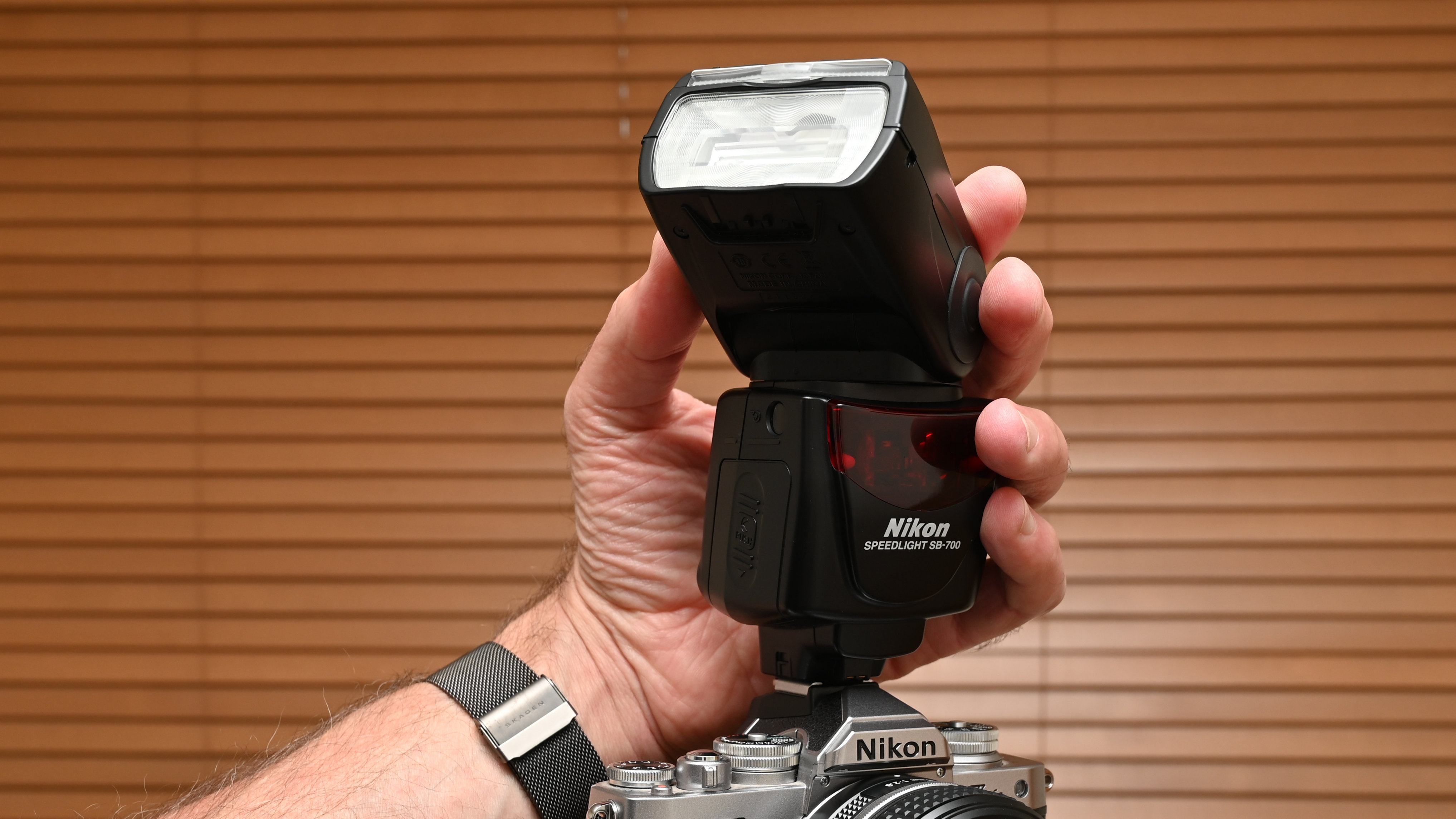
The diffusion dome works well for giving a balance of direct and reflected light bounced off white walls or a ceiling. There’s also a pull-out wide-angle diffuser and white catch-light card, typical of mid-range to high-end flashguns.
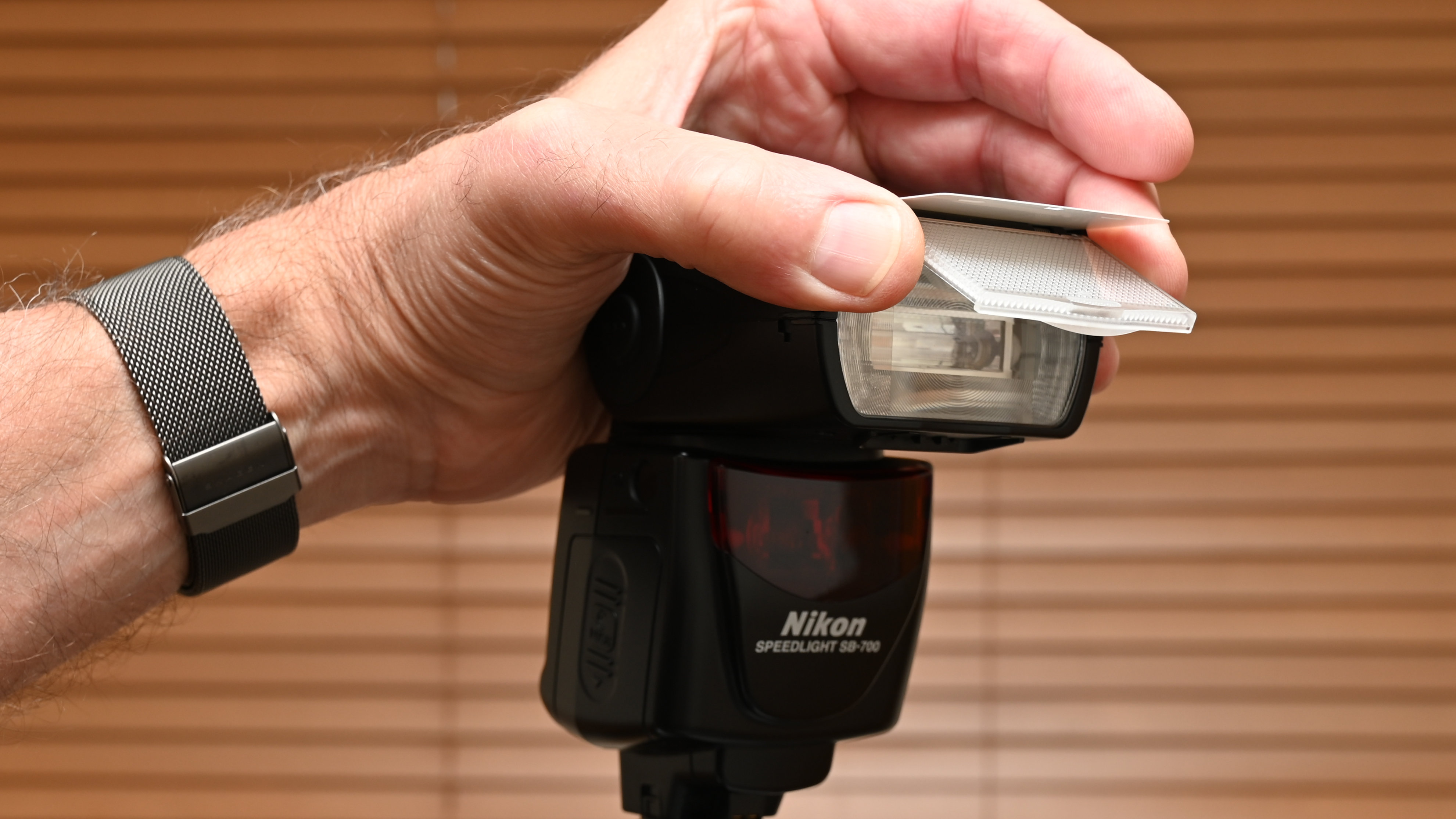
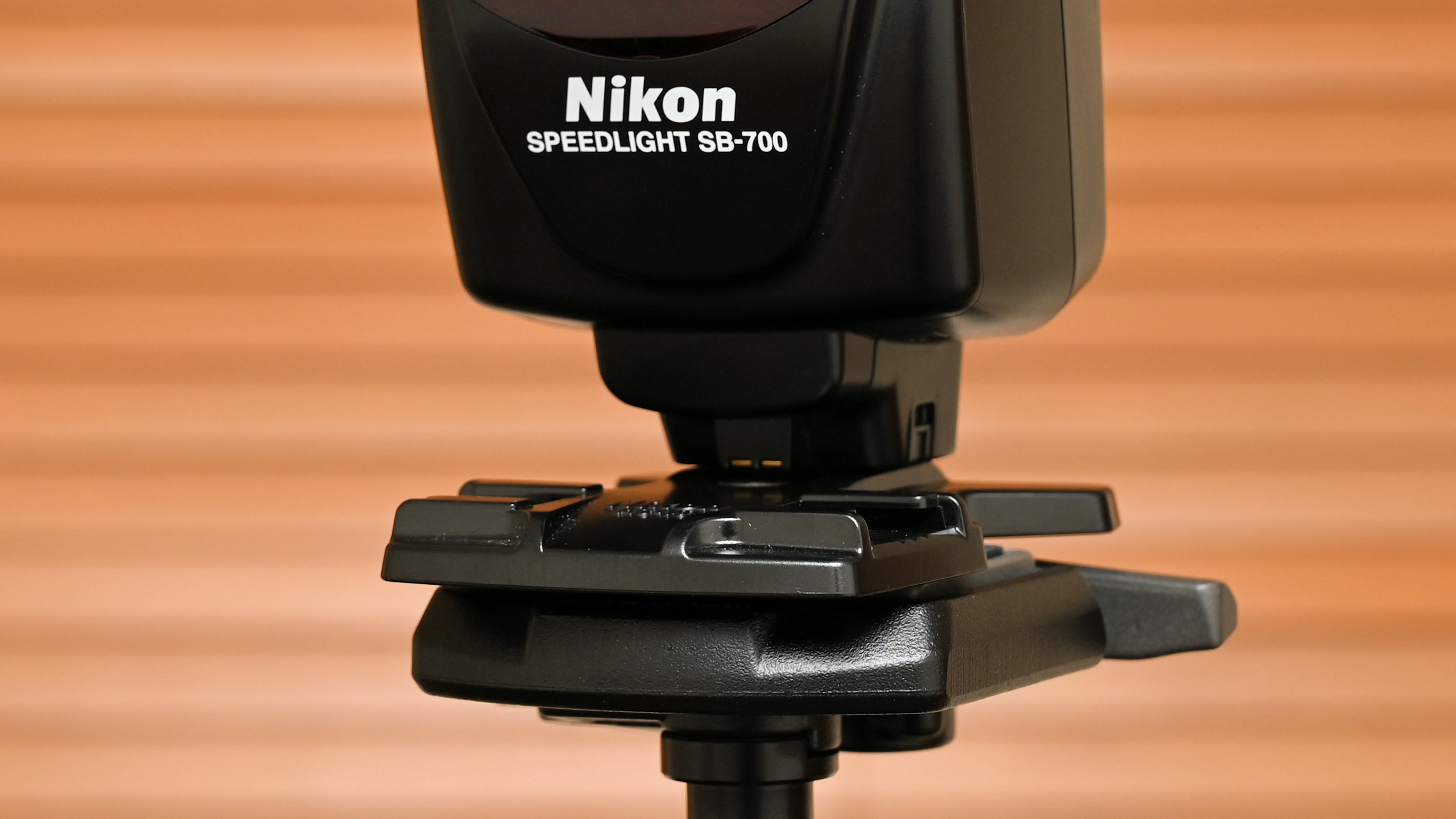
Recycling time after a full-power flash is a bit pedestrian at 2.7 seconds with Ni-MH batteries or a sluggish 5.4 seconds with alkaline batteries. As expected, recycling speeds at low to mid-range power settings are much quicker.
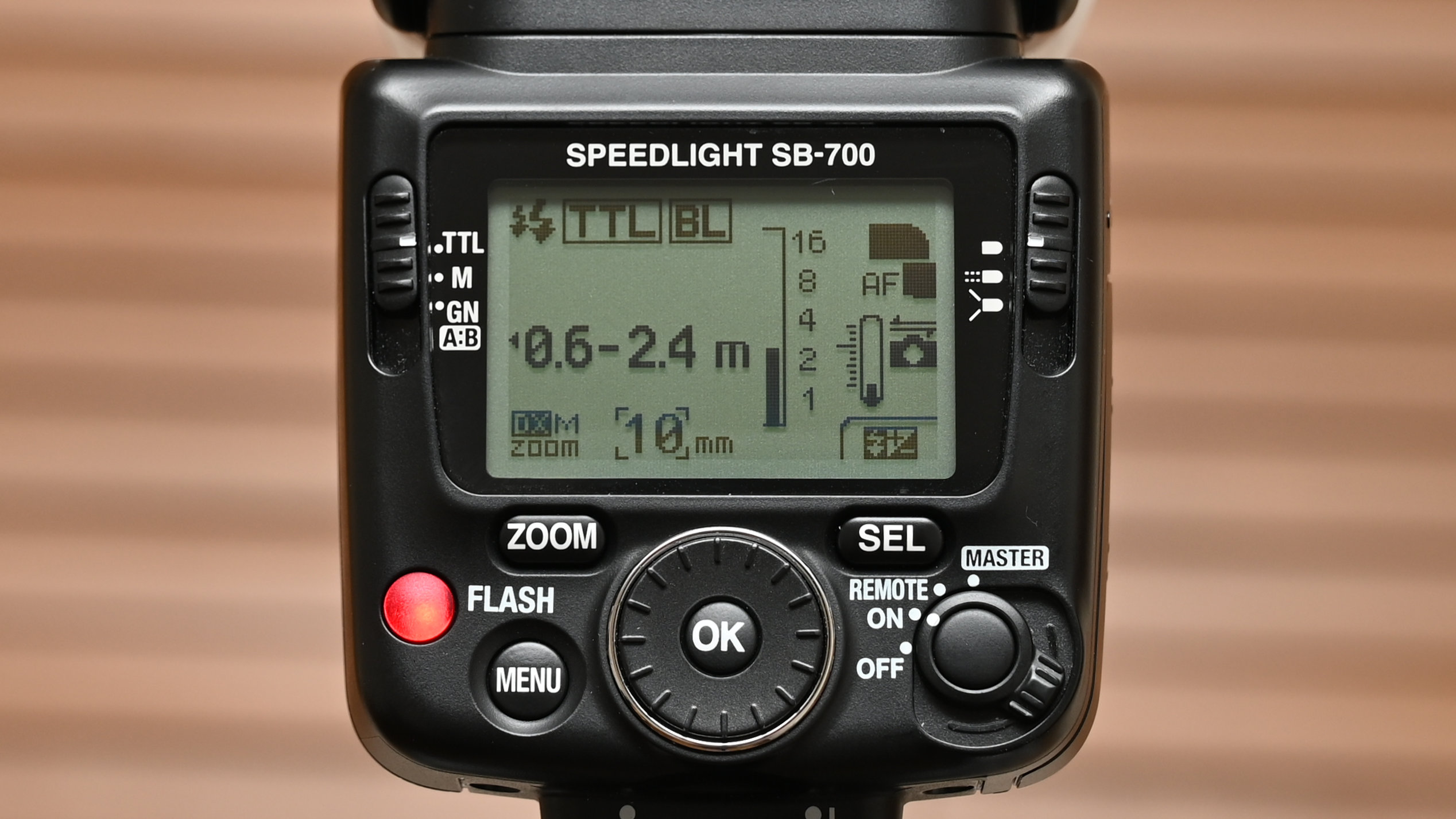
Lab results
We test all available features for each flashgun that goes through out labs. To test power output, we used a Sekonic flash meter placed at a distance of one meter from each flashgun. We check the complete range of manual power settings, in one-stop increments. Based on a sensitivity of ISO 100, the figures correlate directly with the Gn (Guide number). The results are double-checked by taking shots of a gray card with the appropriate lens apertures and using the camera’s histogram display in playback mode. This is done for flash zoom settings of 24mm, 50mm and 105mm (in full-frame terms), where available.
We also check the accuracy and consistency of electronic/intelligent TTL (Through The Lens) flash metering, and the speed with which each flashgun can recycle to a state of readiness after a full-power flash, using both Ni-MH and alkaline cells, or a Li-ion power pack where supplied.
Power output:
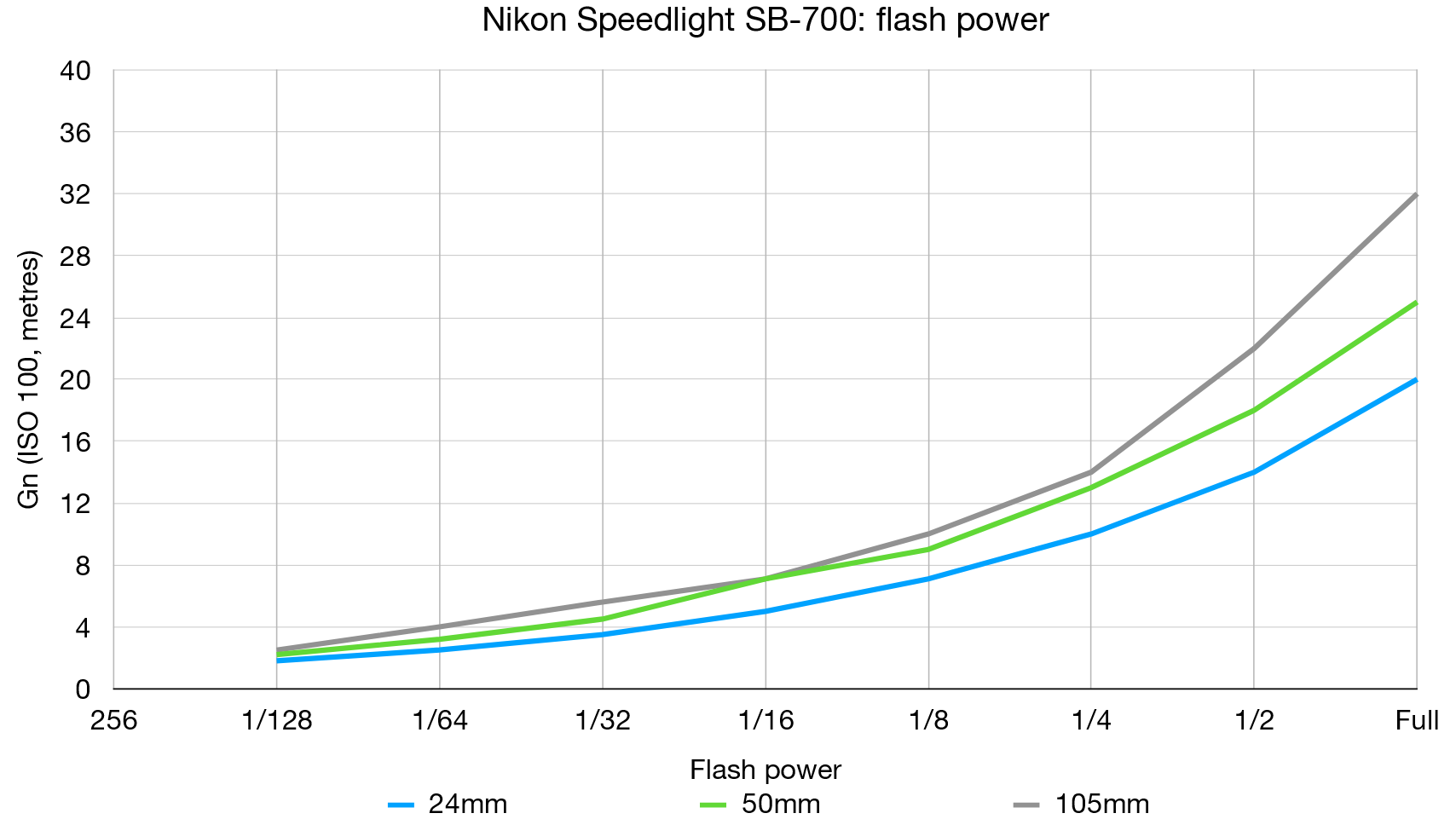
The maximum output isn’t overly generous, equating to Gn 32 (meters, ISO 100) in our tests, at a zoom setting of 105mm.
TTL accuracy (+/-EV): 0
Accuracy for i-TTL-BL (Balanced Light) flash metering proved consistently good in our tests but compared with regular i-TTL metering, this can lead to images that look a bit on the dark side.
Recycling speed:

At low-power flash settings, recycling speed is typically fast but it slows to 2.7 or 5.4 seconds after a full-power flash, using NiMH or alkaline batteries respectively.
Verdict
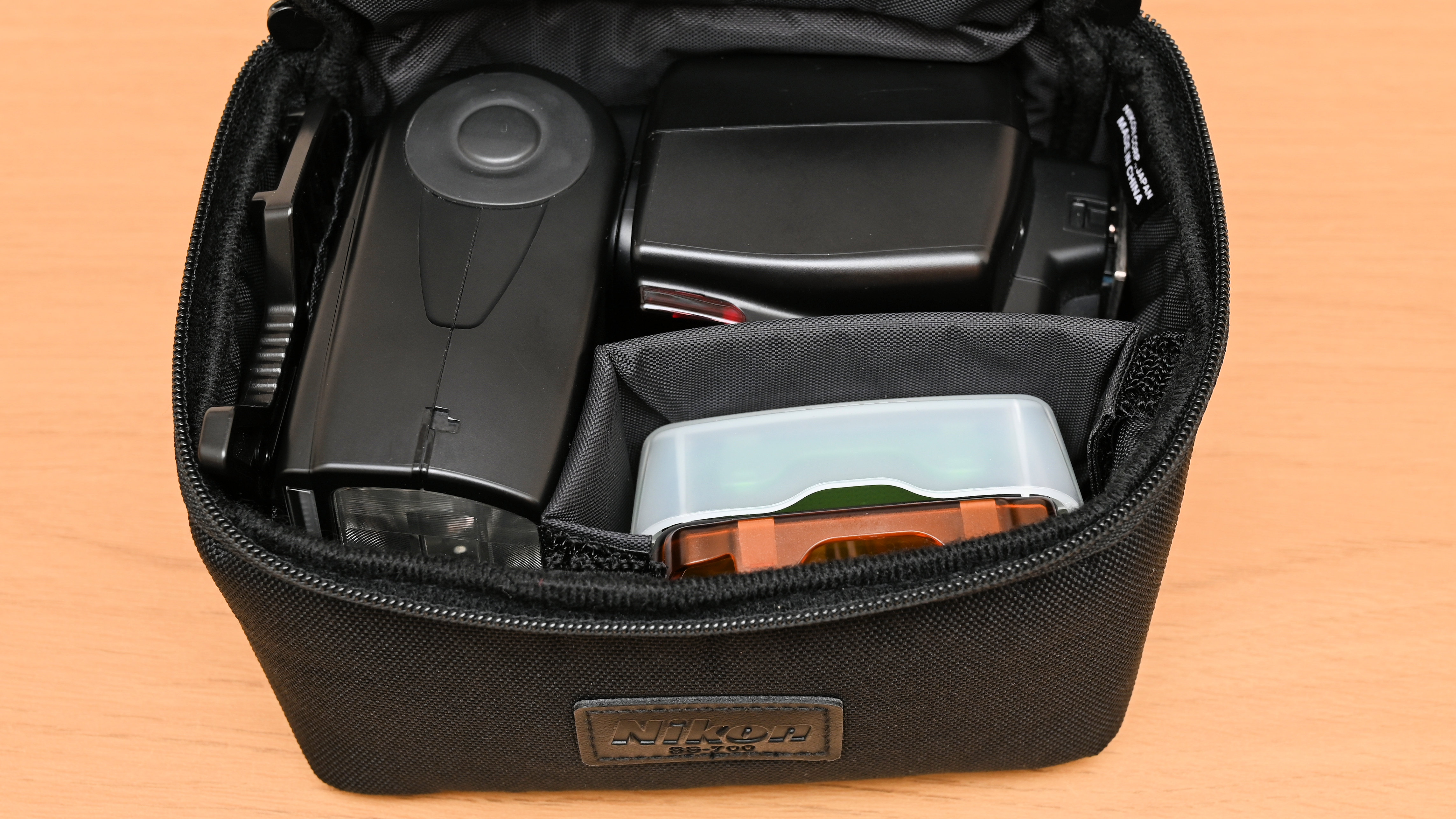
Nikon’s mid-range Speedlight mostly has a lot going for it. Build quality is impressive, its control interface is very intuitive and a range of useful features includes a 24-120mm zoom head, -7 to 90 degree bounce facility and full 180 degrees of swivel in both directions. However, while it has commander/slave modes for multi-flash setups, this is only via infrared transmission without any RF wireless connectivity built in. Regular TTL mode is hard to get at and recycling speed is a bit pedestrian after a full-power flash.
Read more:
• Best camera lenses to get
• Best Canon lenses
• Best Nikon lenses
• Best Sony lenses
Matthew Richards is a photographer and journalist who has spent years using and reviewing all manner of photo gear. He is Digital Camera World's principal lens reviewer – and has tested more primes and zooms than most people have had hot dinners!
His expertise with equipment doesn’t end there, though. He is also an encyclopedia when it comes to all manner of cameras, camera holsters and bags, flashguns, tripods and heads, printers, papers and inks, and just about anything imaging-related.
In an earlier life he was a broadcast engineer at the BBC, as well as a former editor of PC Guide.
